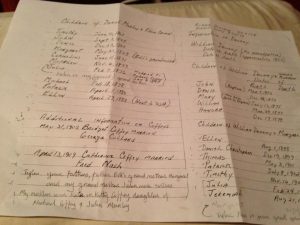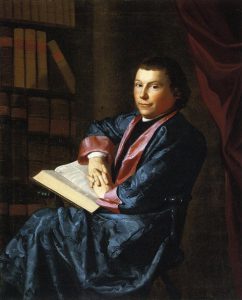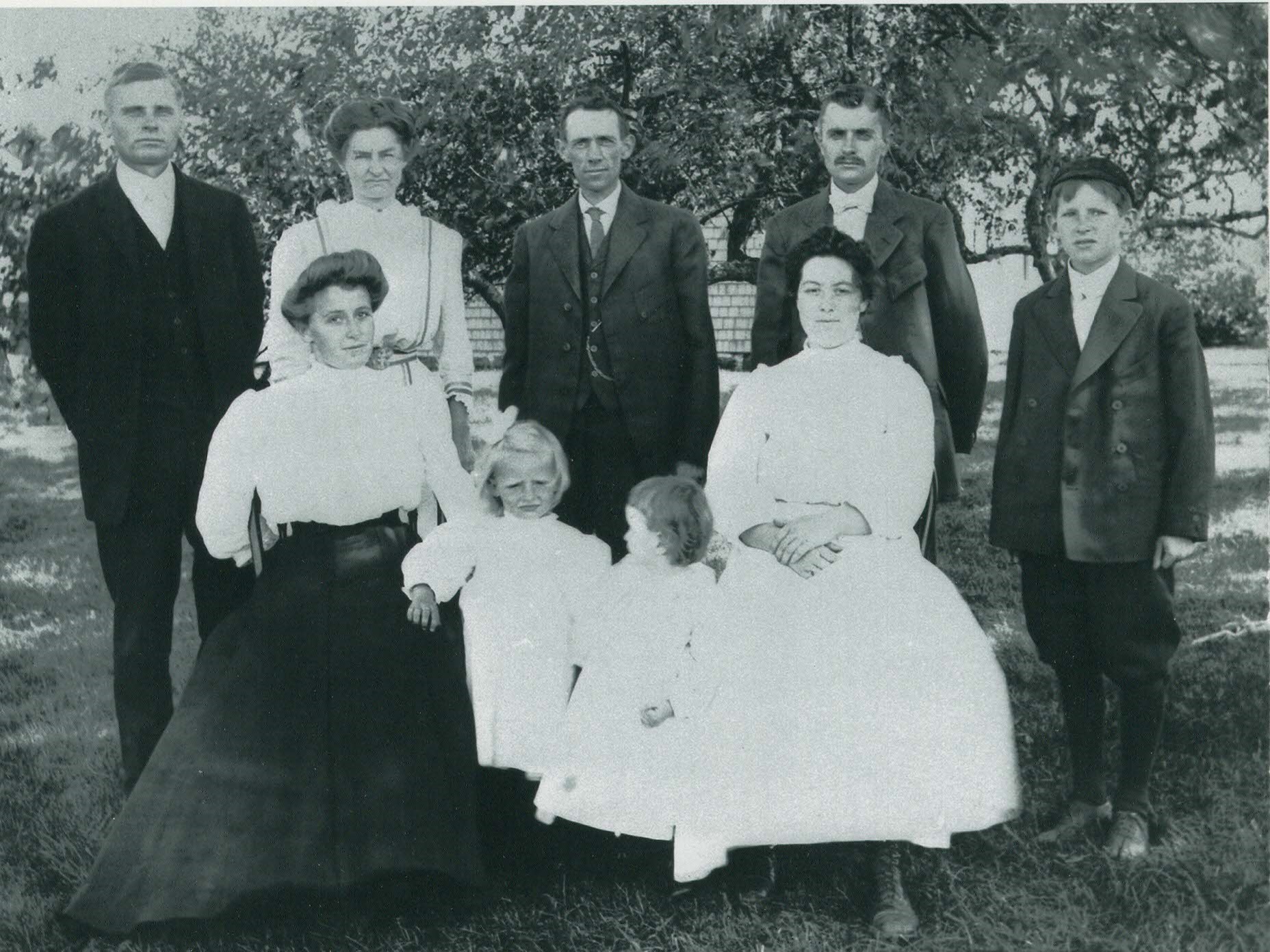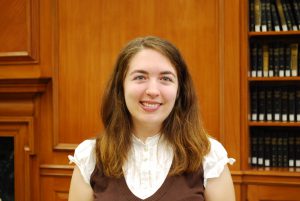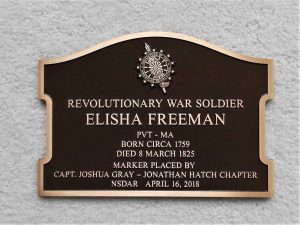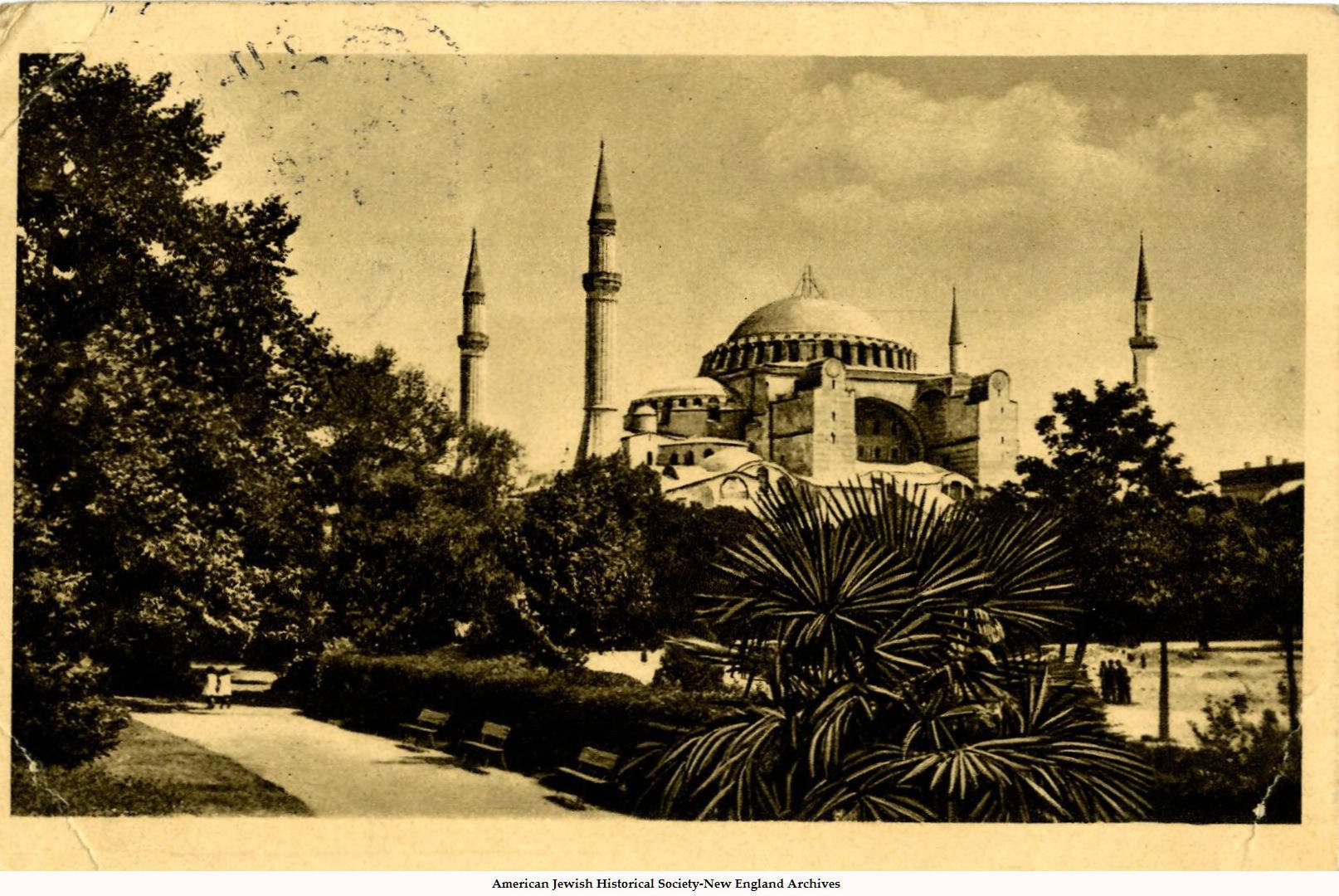
Josef Izsack’s case in the Hebrew Immigrant Aid Society (HIAS) collection only spans one year, but it highlights an interesting tale spanning a longer period than twelve months. Deported after entering Boston as a stowaway in 1946, Izsack came to the United States again the following year, working as an engineer on the Norwegian liner S.S. Fernglen. He was denied the ability to come ashore, though, owing to that previous attempt at entering the United States. An old shrapnel wound became infected and Josef Izsack was forced to spend several months at a marine hospital on Ellis Island. Continue reading Effectively stateless

